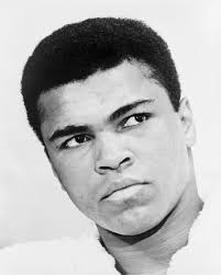
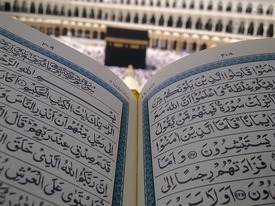
Well, Ali was the cousin and son-in-law of Muhammad. He was the son of Abu Talib, Muhammed's uncle, who protected and cared for Muhammad after the death of his parents. Ali is said to be the only person to have been born within the Kaba, the "Black box” at the centre of the Muslim world. Muhamed highly influenced and tradition has it that he became the first Muslim, migrating to Medina with Muhammad and being central to the developing religion. He fought alongside Muhammad against The Mecans, and was appointed as leader by Mohammed after his death.


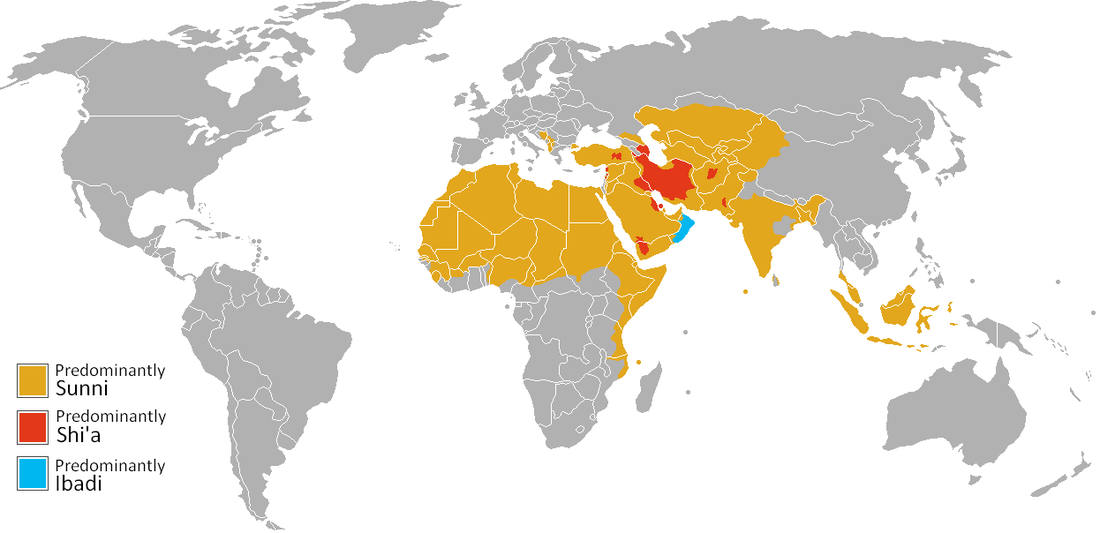

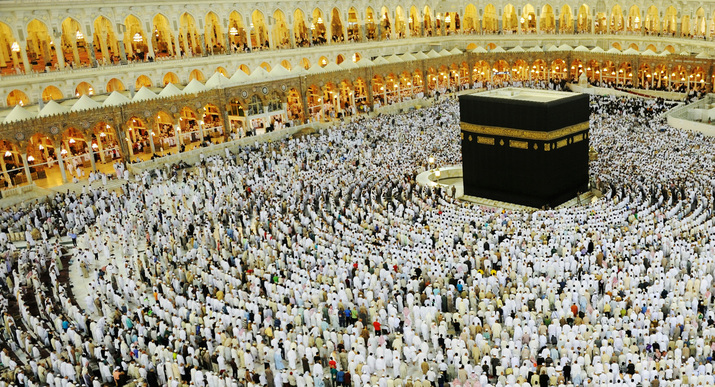
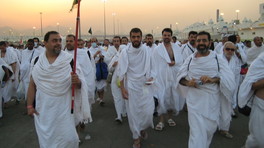
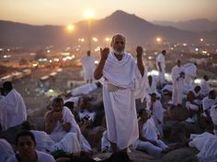
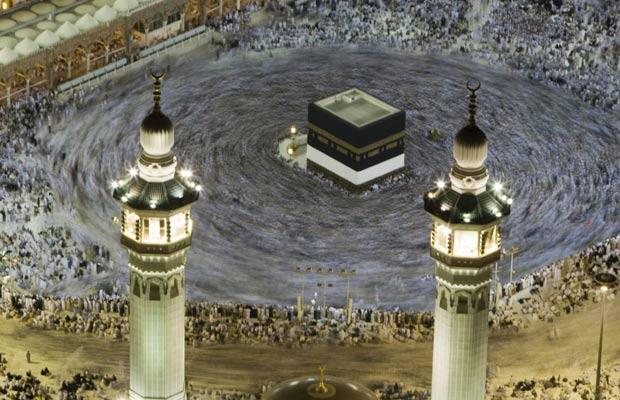


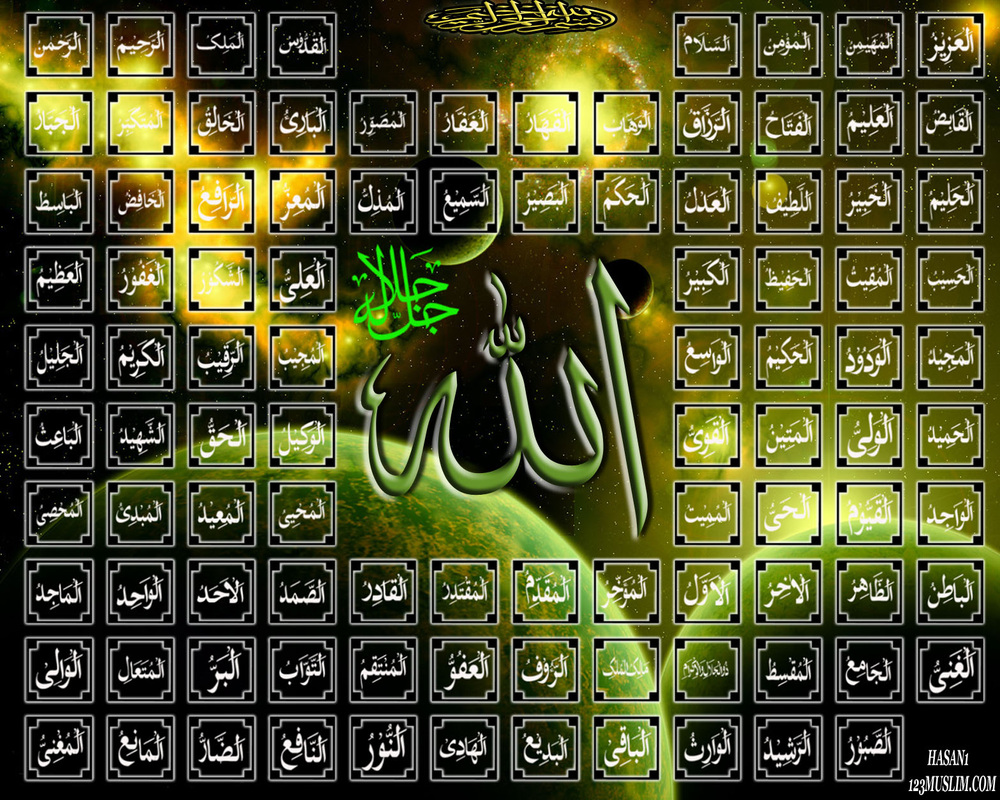
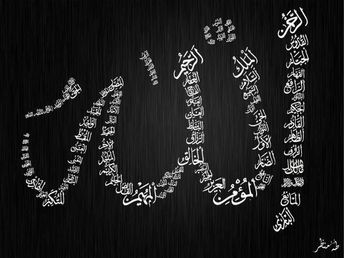
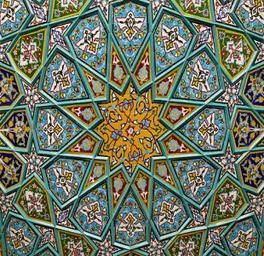
 RSS Feed
RSS Feed
